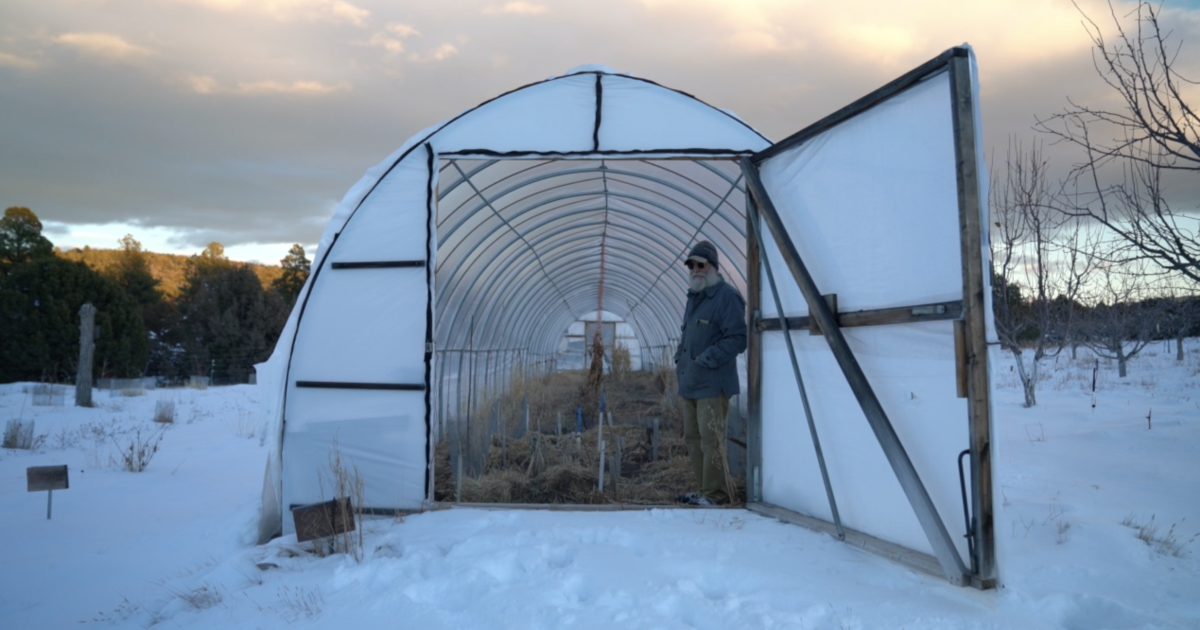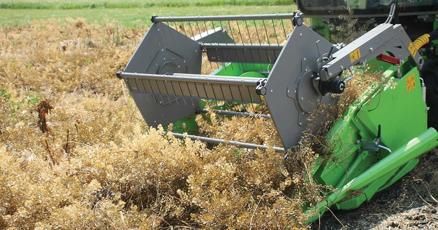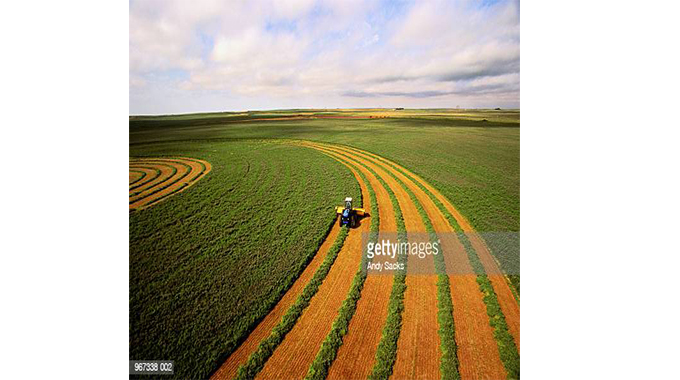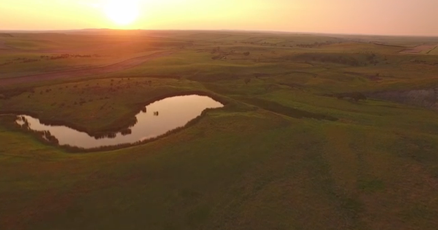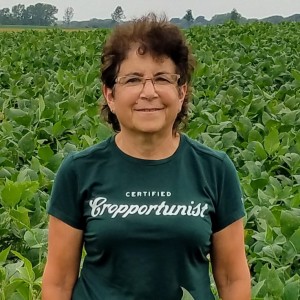 Nancy Kavazanjian
Nancy Kavazanjian
Topics: Agriculture US, Conservation/Tillage, Water, Fruit, Sustainability,
Orchardist hopes to spread sustainable practices to farmers across the country
There is a growing need for farmers to maintain healthy soil and support biodiversity as we move into a future where our food systems could be at risk
-
(0)
-
Bookmark
- Comments (0)
 Nancy Kavazanjian
Nancy Kavazanjian
Topics: Agriculture US, Sustainability, Ag Innovation,
-
(0)
-
Bookmark
- Comments (0)
 John LaRose Jr.
John LaRose Jr.
Topics: Organic, Food/Nutrition, Sustainability, Urban Farming,
Urban Farm Activist Victoria Beaty Is In Full Bloom
Since turning over a new leaf regarding her diet, everything has been coming up roses for the Growing Places Indy's executive director.
-
(0)
-
Bookmark
- Comments (0)
 John LaRose Jr.
John LaRose Jr.
Topics: Commodities, Crop Consultant, Economics, Sustainability, World Hunger, Ag Africa,
-
(0)
-
Bookmark
- Comments (0)
 John LaRose Jr.
John LaRose Jr.
Topics: Agriculture US, Crop Consultant, Water, Sustainability, Weather,
Opinion: The importance of California’s agricultural water supplies
We cannot accommodate serious discussion on the demand side of water questions without working on the supply side.
-
(0)
-
Bookmark
- Comments (0)
 Nancy Kavazanjian
Nancy Kavazanjian
Topics: Soil Health, Agriculture US, Conservation/Tillage, Water, Economics, Sustainability,
Scaling-up conservation practices: How much can farmers afford? | KBS LTER
East Lansing, MI – Prairie strips planted into row crops have the potential to contribute a suite of ecosystem services, such as improved soil health, water quality, and wildlife habitat.
-
(0)
-
Bookmark
- Comments (0)
 John LaRose Jr.
John LaRose Jr.
Topics: Commodities, Agriculture US, Crop Consultant, Economics, Sustainability, Trade (Commodities), Coronavirus/COVID,
Wisconsin agriculture fared better in 2021 than 2020
Despite drought conditions crops turned out good and milk prices are climbing. With inflation woes and a persistent pandemic, can an upward trend last?
-
(0)
-
Bookmark
- Comments (0)
 Nancy Kavazanjian
Nancy Kavazanjian
Topics: Agriculture US, Young Farmers, Economics, Sustainability,
-
(0)
-
Bookmark
- Comments (0)
 John LaRose Jr.
John LaRose Jr.
Topics: Soil Health, Organic, Forestry, Crop Consultant, Sustainability, Research, Regenerative Agriculture, Education,
Soils in old-growth treetops can store more carbon than soils under our feet
AGU press contact: Rebecca Dzombak, +1 (202) 777-7492, news@agu.org (UTC-4 hours) Contact information for the researchers: Peyton Smith, Texas A&M University, peyton.smith@ag.tamu.edu (UTC-6 hours) Hannah Connuck, Franklin and Marshall College, hconnuck@gmail.com (UTC-4 hours) NEW ORLEANS—New research reveals a previously underappreciated way old-growth forests have been recycling and storing carbon: treetop soils. Branches in forest canopies can hold caches of soil that may store substantially more carbon than soils on the ground beneath them, and scientists are just beginning to understand how much carbon canopy soils — which exist on every continent except Antarctica — could store. The new research on these unique soils, being presented on Wednesday, 15 December at 5:00 p.m. CST at AGU Fall Meeting 2021, marks the first attempt to quantify carbon capture by canopy soils. The work highlights another way old-growth forests are rich, complex ecosystems that cannot be quickly replaced by replanting forests. Tree branches collect fallen tree leaves and other organic material over hundreds of years, like the ground does. On top of the branches, the plant litter decomposes as it accumulates, forming a carbon-rich layer that can be several inches thick. The researchers climbed up into the rainforest canopy in Costa Rica, instruments in hand, to find out just how much carbon canopy soils can contain. Active carbon, a short-term storage pool of organic carbon, was three times higher in canopy soil compared to soils underfoot, the researchers found. “We knew these would be really organic-rich soils, but we didn’t expect the extremely large amount of carbon compared to mineral soils,” said Hannah Connuck, an undergraduate researcher at Franklin and Marshall College who will be presenting the study results. The researchers are still calculating the total concentration of organic carbon at their research site, but other research has found canopy soils to have up to 10 times higher concentrations of or...
-
(0)
-
Bookmark
- Comments (0)
 John LaRose Jr.
John LaRose Jr.
Topics: Organic, Agriculture Global, Sustainability, Ag South America, Pollinators,
Monarch Butterflies Return to Goleta’s Ellwood Mesa
Source: City of Goleta The City of Goleta is pleased to share that monarch butterflies have returned to Goleta! Over 15,000 monarchs are spending the winter at Goleta’s Ellwood Mesa Monarch Butterfly
-
(1)
-
Bookmark
- Comments (0)


